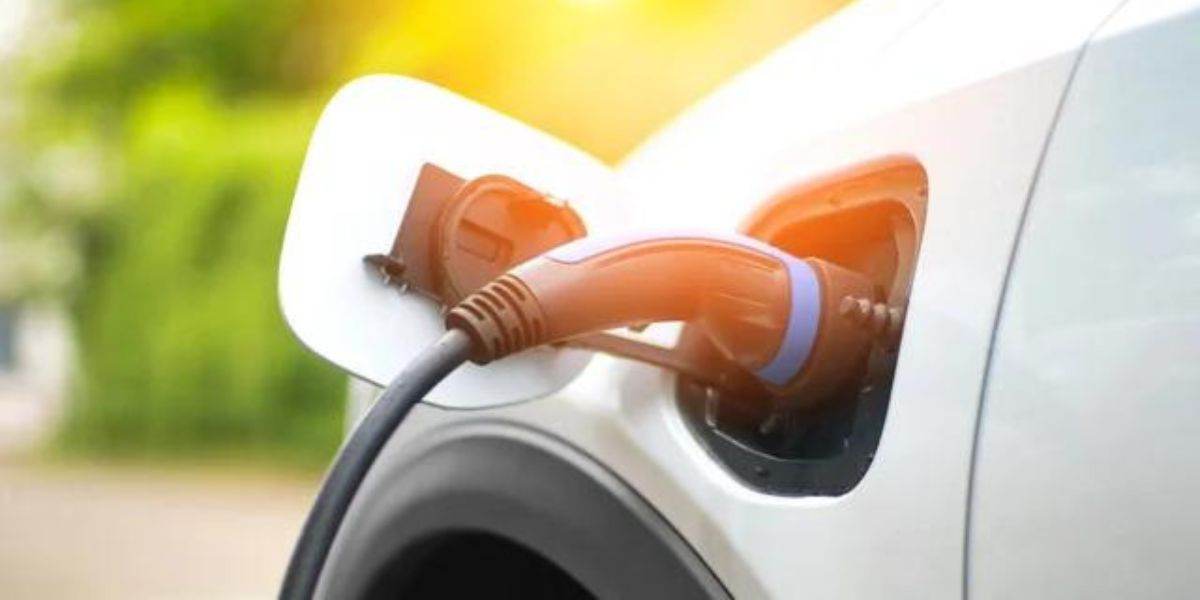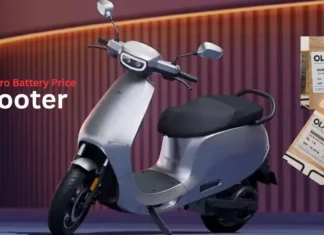
An experimental technique used to cool equipment in space could reduce the charging time of an electric car to five minutes or less, the US space agency NASA said this week.
The federal government’s technology-backed agency, in partnership with Purdue University, says its research into plans for future space missions shows that its technology could power electric cars in minutes instead of hours, according to an October 5 blog from NASA.
Using a technique known as “subcooled flux boiling,” the technology can increase the amount of electricity from an EV charger to around 1,400 amps, nearly five times the current 520 amps supply. EVs, NASA said.
Standard EV chargers that consumers can buy deliver less than 150 amps, the blog added.
The new system can be used to “deliver 4.6 times the current of electric vehicle chargers on the market today by removing up to 24.22 kilowatts of heat,” NASA said.
A major question for EV skeptics solved?
What does that mean? NASA and Purdue researchers may have solved a long-standing question for those who want an electric car but are worried about how long it will take to pay for it. Typically, it takes an electric car about 20 minutes to charge at a station, or even several hours using a station, according to NASA and Purdue researchers.
“This technology can make owning an electric car here in the world easier and more convenient,” the blog said. “The application of this new technology has resulted in an unprecedented (reduction) in the time required to charge a vehicle and can remove one of the important barriers to the adoption of electric vehicles worldwide.”
EV sales expected to hit ‘all-time high’ in 2022
NASA’s report comes as sales of electric vehicles are expected to rise this year, according to an update released by the International Energy Agency recently on the progress of clean energy.
The agency said that global sales of electric cars doubled in 2021 to reach almost 9% of the car market and expects record sales this year “taking them to 13% of the total number of electric cars in the world.”
NASA says technology is being developed that can quickly power electric vehicles to provide “nuclear fission power systems for missions to the Moon, Mars and beyond.”
It can also power “vapor-compression heat pumps to support lunar and Martian habitats and systems to provide high thermal insulation and life support on board,” the company said.
“Subcooled flux boiling” could cool the cable carrying large loads, possibly allowing electricity to flow faster without the risk of overheating objects, according to a NASA blog post said.
EV cable charging research has been ongoing
Last year, Purdue engineers announced “another cool way” by designing a “patent-pending charging station that will charge some electric cars fully in less than a minute.” five – about the same time it takes to fill a gas tank.”
Purdue and Ford Motor Co. This research and development have been supported since 2017.
“Finally, the charging time will depend on the power output of the electricity and charging cable, and the power input of the EV battery. To get a charge of fewer than five minutes, all three factors will need to be counted at 2,500. amps,” the Purdue researchers said in their announcement last year.
The school also said that its prototype “also imitates all the characteristics of a real charging point: it includes a pump, a tube of the same diameter as a real charger, the same controls, and tools, and it has the same rate flows from it. heat.”
And Purdue said that the laboratory of engineering professor Issam Mudawar plans to work on EVs or supply cable manufacturers to test the models in EVs in the next two years.
Read Also: BYD ATTO 3 Electric SUV Disclosedin India with Range of 521 Km on Single Charge



